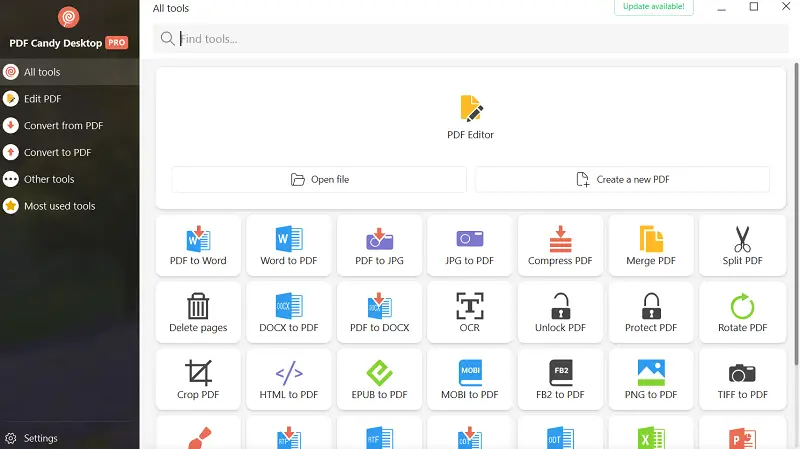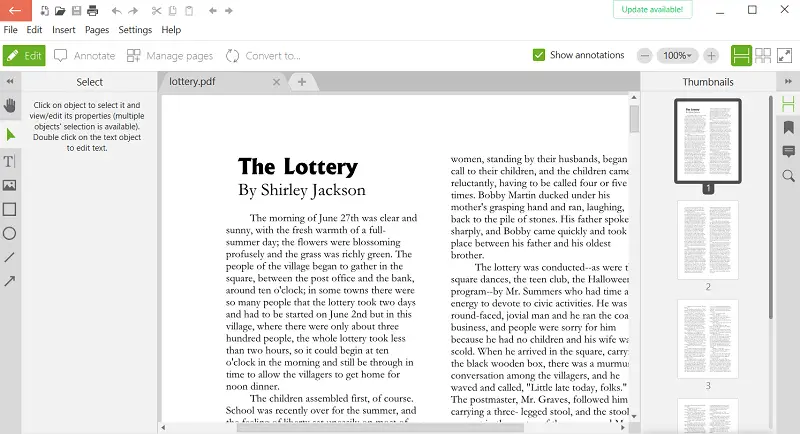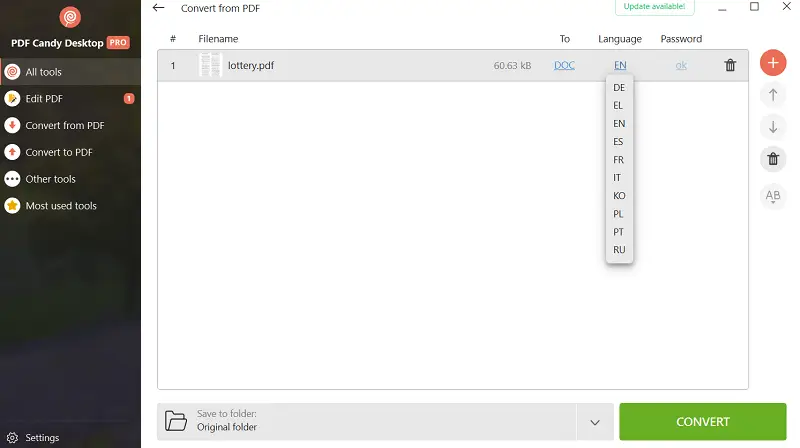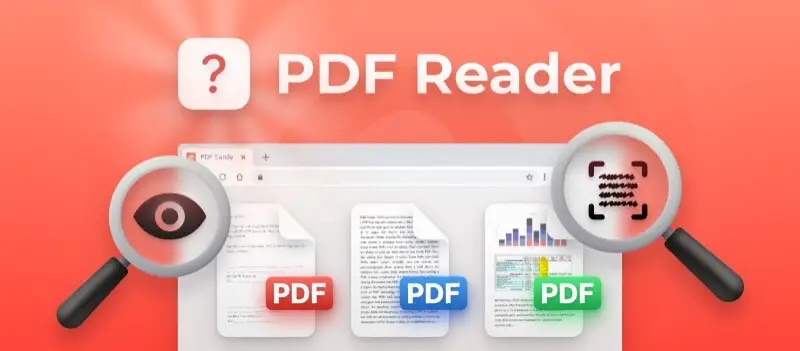What is a PDF reader? Chances are, you’ve come across this term while trying to open a document that just wouldn’t display properly or when sharing files across different devices.
From business reports and eBooks to contracts and forms, they make accessing important information seamless and hassle-free.
We’ll take a closer look at why these programs matter and how they’ve become a staple in our everyday digital lives.
What is a PDF reader?
A PDF viewer is an application engineered to interpret and display materials saved in the Portable Document Format, developed by Adobe Systems.
Unlike basic text files, PDFs encapsulate detailed page instructions—such as embedded fonts, vector graphics, raster images, and layout specifications. That ensure consistent presentation across multiple platforms and devices.

The software analyzes the internal architecture, including streams, dictionaries, and cross-reference tables, to accurately reconstruct each page.
In addition to viewing capabilities, many PDF readers offer advanced tools like content extraction, annotation, interactive form handling via AcroForms or XML Forms Architecture (XFA), validation of digital signatures, and support for encrypted data.

Some include Optical Character Recognition (OCR) to transform scanned images into searchable and editable text.

By processing these complex components, a PDF opener provides a comprehensive interface for accessing fixed-layout documents widely utilized in publishing, legal, and business environments.
Types of PDF readers: comparison table
| Kind | Details | Examples |
|---|---|---|
| Basic PDF Opener | - Lightweight utilities, often built into operating systems or browsers. - They handle simple tasks like displaying pages, adjusting view settings, and printing. | Preview (macOS), Microsoft Edge, Firefox Viewer |
| Standard PDF Readers | - General-purpose applications for everyday use. - They enable plain markup, simple form interaction, and text selection—best PDF reader for those needing moderate control over document interaction. | Adobe Acrobat Reader DC, Foxit Reader, PDF Candy Desktop |
| Advanced Editors | - Full-featured PDF reading software designed for extensive document manipulation. - Capabilities include editing, page rearrangement, redaction, OCR, e-signing, file protection, and extension conversion. | Adobe Acrobat Pro, Nitro PDF Pro, PDF-XChange Editor |
| Web-Based Platforms | - Browser-accessible free PDF readers that offer essential tools for opening, light modification, and transformation. - Useful for those who prefer cloud accessibility without software installation. | PDF Candy, PDFescape, DocFly |
Why use PDF reader?
- Completing official paperwork: Applicants, government workers, and taxpayers use reader for PDF to digitally fill interactive forms without needing to print.
- Reviewing and signing agreements: Attorneys, business people, and clients securely apply electronic signatures to finalize contracts.
- Consulting detailed papers: Analysts, engineers, and students study complex reports with accurate layouts and embedded visuals through PDF applications.
- Handling confidential or protected data: Healthcare professionals, financial consultants, and executives access encrypted materials safely.
- Conducting academic research: Scholars, professors, and students open PDFs, utilize keyword search, bookmarking, and reference navigation.
- Approving design drafts: Graphic artists and publishers confirm precise font placement, imagery, and view before publication.
- Submitting application materials: Job candidates ensure resumes and portfolios render consistently across all OS.
- Organizing scanned archives: Archivists, librarians, and office staff transform image-based PDFs using OCR tools.
FAQ
How do PDF viewers efficiently process heavy files?
Sophisticated apps employ on-demand loading and rendering, parsing document elements incrementally rather than all at once, which conserves memory and accelerates navigation.
Can PDF readers alter structure?
Yes. Certain applications allow editing of annotations or metadata without modifying primary content streams, thereby preserving integrity and compliance.
How do openers integrate with digital rights management (DRM)?
They enforce licensing constraints such as expiration, copy restrictions, and usage policies, preventing unauthorized distribution or modification of protected text.
Conclusion
To sum up, PDF readers are indispensable for viewing and interacting with items designed in the Portable Document Format.
These tools guarantee consistent file appearance across multiple devices and operating systems, supporting a wide range of professional and personal uses.
Recognizing the sophisticated functions of PDF reading software highlights their essential contribution to seamless and reliable document management.




